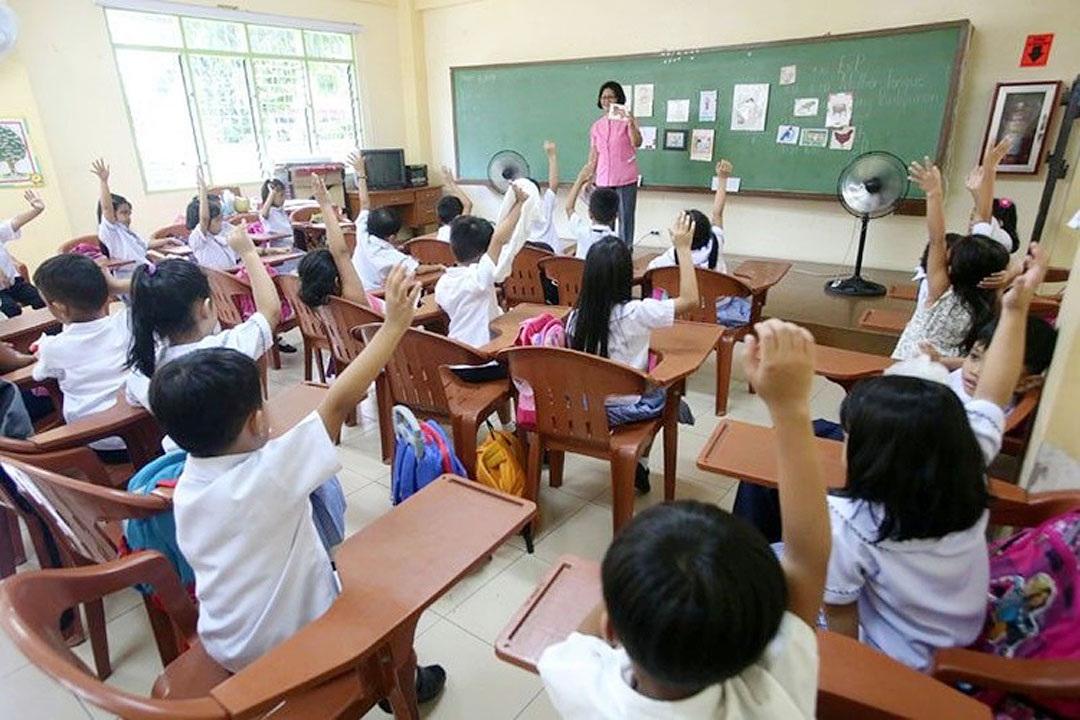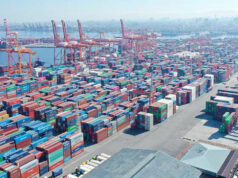
FOLLOW-UP REFORMS are needed to build on the progress made in opening the economy up to foreign investment and ensure that the Philippines becomes a viable investment destination for the long haul, an Ateneo de Manila economist said.
“All these steps are intended to attract foreign investors into the country,” Economics Professor Leonardo A. Lanzona said in a Viber message. “The crucial question is whether we have instituted enough reforms to make the country attractive.”
He was referring to recent laws easing foreign ownership restrictions in industries like telecommunications, railways, and retail.
However, he cited workforce skills and technical proficiency as a possible deal-breaker for foreign investors, even when they are allowed to take full ownership of more types of companies, making any gains in investment unsustainable.
“Unless these questions are addressed, capital will increase, but eventually diminishing returns will emerge. Capital formation is necessary, but it will not be sufficient.”
Mr. Lanzona said there is some uncertainty surrounding the government’s 7-9% growth target this year, because many micro, small and medium enterprises (MSMEs) were rendered “no longer viable” by the pandemic.
Mr. Lanzona said the reforms should center on stepping up the pace of technological adoption and the corresponding upskilling of the workforce.
“We need to have policy of technological change so that investors are induced to create the appropriate technology suited for our resources,” he said. “Technological innovation should not just be the responsibility of the government, the private sector needs to take part in it.”
“Second, we need to have a policy of skill development and employment creation. This will ensure that benefits of the reforms will reach the poor.”
“Third, institutions should be created to maximize technological change.”
“The structural reforms initiated by this government has to create better and more efficient enterprises to replace this,” Mr. Lanzona added. “But without the reforms I indicated, this objective (7-9% GDP target) will not be reached.”
On Sunday, the National Economic and Development Authority said in a statement that Socioeconomic Planning Secretary Karl Kendrick T. Chua is projecting a return to pre-pandemic growth levels by this year.
He cited the amendments to the Retail Trade Liberalization Act, the Public Service Act, and the Foreign Investment Act, liberalizing investment in many industries.
In addition, he also said that the 10-point policy agenda, which is the government’s approach to reviving the economy, centers on accelerating the vaccination program, reducing restrictions on foreign and domestic travel, and fast-tracking digitalization.
GDP grew by 5.7% last year, recovering from a contraction of 9.8% in 2020.
The growth outlook is also clouded because of external factors, another Ateneo economist said.
Ser Percival K. Peña-Reyes, associate director at the Ateneo de Manila University Center for Economic Research and Development, said in an e-mail: “With developed economies adapting to the pandemic, many find themselves experiencing the aftereffect of port congestion and supply chain disruptions leading to delays in the movement of output.”
He said the US economy is currently being overwhelmed by supply shortages, high wages, and pressures from rising oil prices. These effects are expected to linger due to the extra pressure exerted by the Russia-Ukraine conflict and China’s zero-COVID policy, which is hindering factory output.
“At the same time, higher prices are exerting upward pressure on wages,” Mr. Peña-Reyes said. “The Bangko Sentral ng Pilipinas (BSP) has no recourse but to eventually follow suit. Higher interest rates will affect the recovery efforts of many small and medium enterprises that will have to pay more for loans.”
BSP Governor Benjamin E. Diokno said last month that a rate hike could be in the cards by June, when more data on economic growth and employment are available to prove that the recovery is more firmly established.
The more US interest rates increase, more funds will be attracted back to US markets and away from the Philippines, thereby weakening the peso.
Last week, the Federal Reserve raised its key policy rate by 50 basis points, the highest in 22 years.
“This could significantly affect our trade, which depends heavily on imports,” Mr. Peña-Reyes added. “Most likely, we will also import inflation.” — Tobias Jared Tomas



